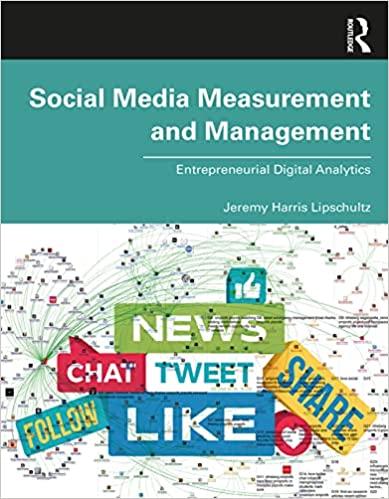Starbucks Global Market Entry Strategy - Case Study The strategies companies can make when partnering with other companies are vast, especially for large corporations like Starbucks. Entering new global markets and beginning operations with diverse consumer preferences can be one difficult feat. Whether it is through a joint venture or wholly owned subsidization, major decisions can have great impacts for corporations. Starbucks, a coffee empire, has benefited in many ways by using both methods and has grown substantially in the last 20 years. By entering new markets successfully, the company has been able to grow its product line and culturally adapt to its new locations. There are many benefits for companies when utilizing the joint venture market entry strategy. Both companies can share risks and costs (50/50), both gain new insights and expertise, and the strategy is flexible compared to others. There are more benefits, but these are the main ones that companies choose to focus on. When it comes to Starbucks' motives, the corporation was looking to diversify outside of the United States, which ended up in a joint venture with Tata. Doing this meant that Starbucks had a whole new market to cater to, and would cause changes to be made in product lines, design, marketing, etc. This would raise costs, but since it was done through a joint venture, costs were equally shared. Also, by diversifying in China and India, Starbucks was able to gain new intellectual property in these markets and expand the business. With this strategy being more flexible, the companies may alter the partnership once strategic goals are met. Starbucks' acquisition of the Chinese local partner required a great amount of thought and planning, as it was a $1.3 billion buyout China is a highly populated country in which a great deal of American companies has expanded due to its cheap labor/manufacturing and high population. Starbucks went through with the acquisition to improve customer service and digital innovation. Like a joint venture, it brought in new expertise and fresh ideas for the company. Acquisitions create more opportunities for product line expansion as well as more control over corporate ideologies and decision-making. For Starbucks, this created more value and created more market power for the company. Since Starbucks had already entered the Chinese market through a joint venture, some risks were lessened, like cultural clashes, to make the acquisition more successful. Overall, joint ventures and acquisitions both have their pros and cons. Starbucks seemed to seamlessly utilize both methods, as their ongoing success is exceptional. When it comes to acquisitions, it could be a make-or-break decision, but when efficient strategic planning takes place, there should be little concern. It is also important to keep stakeholders informed about innovation and new products when entering a new market and diversifying the business. This keeps the trust and confidence they have about the future of Starbucks and the direction it could







